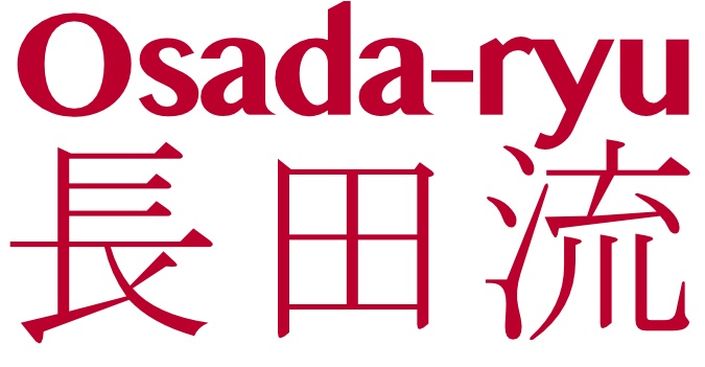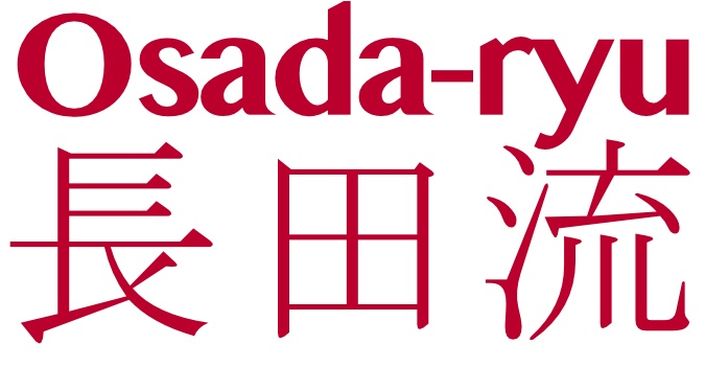Takatekote / 高手小手
There is a science to constructing a safe takatekote.
If you do not know the science, you are likely to injure someone.
Within the context of shibari the term takatekote describes the bread-and-butter box tie with the arms in the back – aka 2TK or 3TK – and is mainly used by nawashi who have been influenced by the Akechi Denki lineage of rope. Takate (高手) and kote (小手) are budo terms for 'upper arm' and 'forearm' respectively.
Another term for this "box" tie is gote (後手, lit. 'hands in the back').
Over time different versions of the takatekote or gote have been developed. This course offers the Osada-ryu (長田流) methods that are based on Akechi-ryu (明智流) and influenced by Akechi Kanna (明智神凪) and Yagami Ren (鵺神蓮).
Takatekote (高手小手) vs Gote (後手)
In taijutsu (体術) terminology, read in kobudo (古武道, old budo prior to 1886) the term takate (高手, lit. high hand) is used for the upper arm, while the term kote (小手, lit. small hand) is used for the forearm. This term has been revived by Akechi Denki (明智伝鬼) sensei.
For the average Japanese, it is meaningless. It only has a meaning for people practicing the art of shibari/kinbaku (縛り/緊縛).
For shibari/kinbaku practitioners the term gote (後手, lit. behind hand) has the same meaning as takatekote. Some people prefer one term over the other, but in essence, both are referring to the nuts-and-bolts box tie with the arms in the back, and are completely interchangeable.
Other terms you may encounter are TK, sometimes preceded by a number like 2TK or 3TK describing a 2-rope or 3-rope takatekote. It could be argued that all birds have two wings and that all takatekote are done with the arms in the back unless otherwise mentioned. It would therefore be redundant to say "back" takatekote. However, if the arms were in the front you would say maete (前手, front hand) takatekote and call it a front TK or a front 2TK and so on.
By joining this course, you will be learning both takatekote versions -- the one with the hands in the back (gote, 後手) and the one with the hands in the front (maete, 前手). Maete (前手, hands in the front) is the opposite of gote (後手). Therefore, if you belong to the faction that is calling the "box" tie a gote you can't simply precede the gote with a maete as this would mean "hands-in-the-front-hands-in-the-back". You would thus simply call it a maete.
Teaser Clip
Sixth Kyu A
The most fundamental ties in shibari.
Osada-ryu gote / 後手 (hands in back) and
maete / 前手 (hands in front) versions
of the takatekote / 高手小手.
95+ minutes
Takatekote
Available in
days
days
after you enroll


